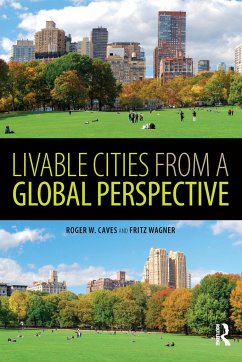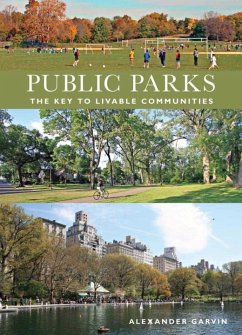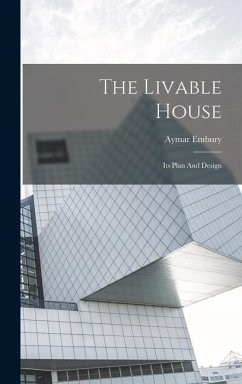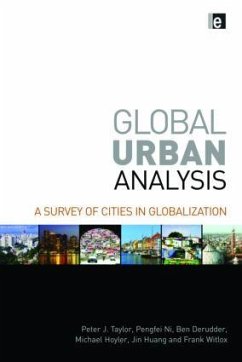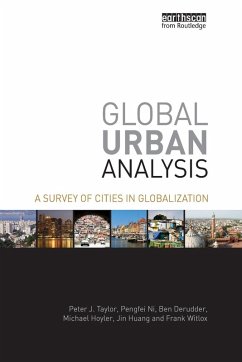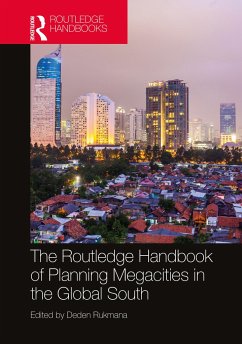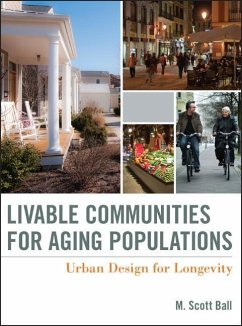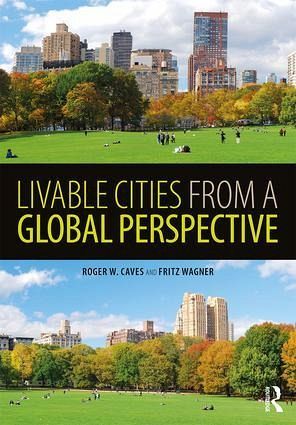
Livable Cities from a Global Perspective
Versandkostenfrei!
Versandfertig in 1-2 Wochen
65,99 €
inkl. MwSt.
Weitere Ausgaben:

PAYBACK Punkte
33 °P sammeln!
Livable Cities from a Global Perspective offers case studies from around the world on how cities approach livability. They address the fundamental question, what is considered "livable?" The journey each city has taken or is currently taking is unique and context specific. There is no such thing as a one-size-fits-all approach to livability. Some cities have had a long history of developing livability policies and programs that focus on equity, economic, and environmental concerns, while other cities are relatively new to the game. In some areas, government has taken the lead while in other ar...
Livable Cities from a Global Perspective offers case studies from around the world on how cities approach livability. They address the fundamental question, what is considered "livable?" The journey each city has taken or is currently taking is unique and context specific. There is no such thing as a one-size-fits-all approach to livability. Some cities have had a long history of developing livability policies and programs that focus on equity, economic, and environmental concerns, while other cities are relatively new to the game. In some areas, government has taken the lead while in other areas, grassroots activism has been the impetus for livability policies and programs. The challenge facing our cities is not simply developing a livability program. We must continually monitor and readjust policies and programs to meet the livability needs of all people. The case studies investigate livability issues in such cities as Austin, Texas; Helsinki, Finland; London, United Kingdom; Warsaw, Poland; Tehran, Iran; Salt Lake City, United States; Rio de Janeiro, Brazil; Sydney, Australia; and Cape Town, South Africa. The chapters are organized into such themes as livability in capital city regions, livability and growth and development, livability and equity concerns, livability and metrics, and creating livability. Each chapter provides unique insights into how a specific area has responded to calls for livable cities. In doing so, the book adds to the existing literature in the field of livable cities and provides policy makers and other organizations with information and alternative strategies that have been developed and implemented in an effort to become a livable city.




